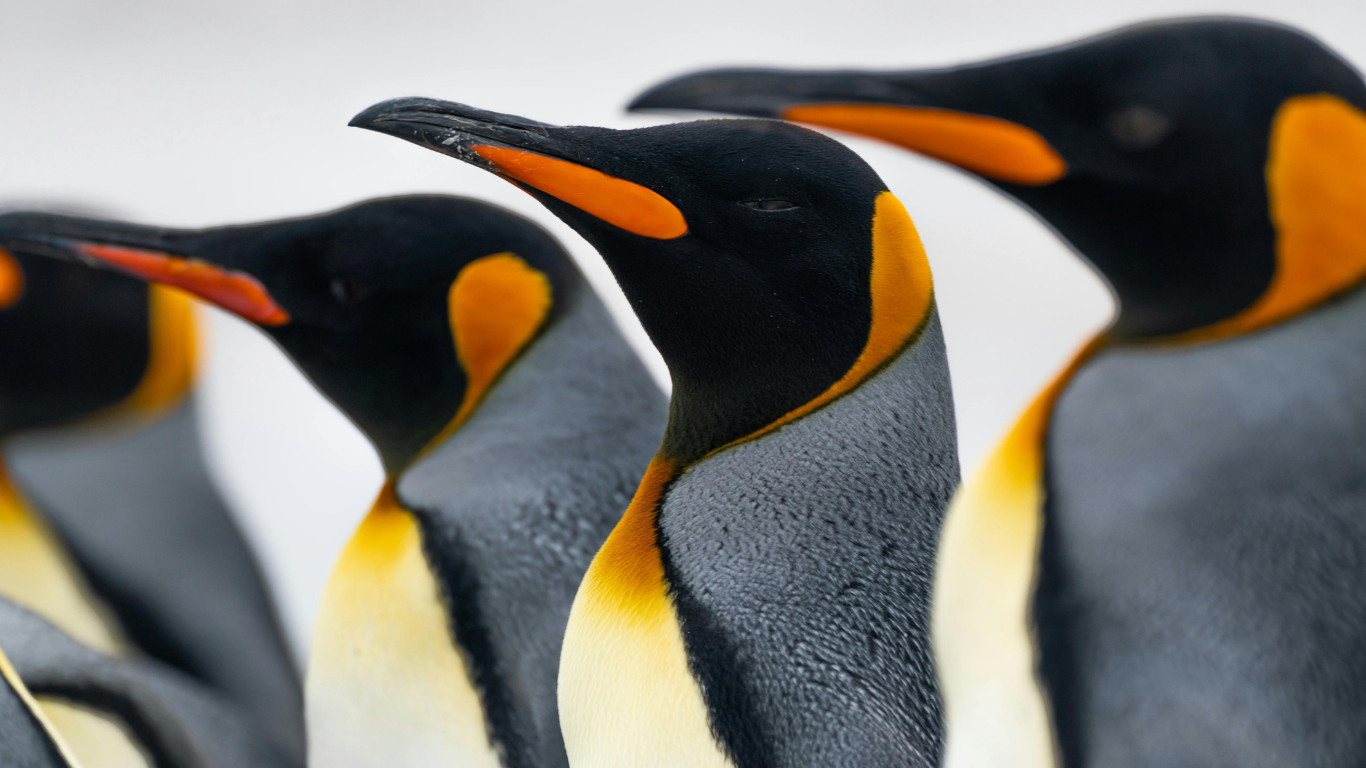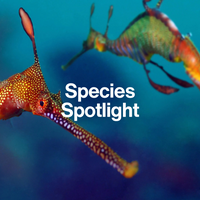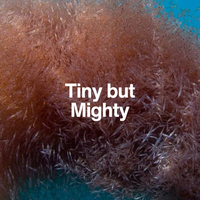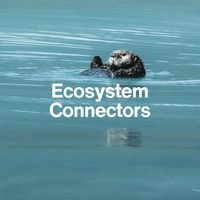Guardian of the Ice
Emperor Penguin

Braving blizzards and raising chicks on their feet, the emperor penguin is a symbol of endurance, unity, and life at the end of the Earth.
Introduction
A Life Forged in Ice
The emperor penguin (Aptenodytes forsteri) is the largest of all penguins—and the only animal that breeds during the harsh Antarctic winter.
Their lives unfold in one of the planet’s most unforgiving environments, where winds can top 200 km/h and temperatures drop below -50°C. Yet they survive—and even thrive—through remarkable cooperation, warmth-sharing, and resilience.
Their journey is one of strength through unity, and it makes them a powerful ambassador for polar wildlife in a warming world.

What Makes It Iconic
Loyalty, Endurance, and a Harsh Home
Emperor penguins are iconic for their extreme parenting and seasonal migrations across the sea ice.
Males fast for months while incubating the egg on top of their feet, while females return to the sea to feed. When they reunite, often in the middle of a blizzard, they take turns protecting and feeding their chick.
This display of shared responsibility, precision timing, and community survival has made them a symbol of endurance in the face of adversity.

Fun Fact
To survive the cold, emperor penguins huddle in rotating groups. Every penguin gets a chance to be in the warm centre—a living, shifting circle of shared heat.
Ecological Role
Sentinels of a Changing Climate
Emperor penguins are top-level consumers in the Antarctic food web, feeding primarily on fish, krill, and squid. They help regulate these prey populations and in turn, are an important food source for predators like leopard seals and orcas. But beyond their role in the food chain, emperor penguins have become bioindicators—their breeding success, survival rates, and colony stability reflect the broader health of the Antarctic ecosystem and the sea ice that supports it.


Conservation & Threats
A Species on Thin Ice
Emperor penguins are uniquely adapted to Antarctic sea ice—but that also makes them extremely vulnerable to climate change. Their key threats include:
Sea ice loss
due to warming temperatures
Early ice melt
leading to chick mortality before fledging
Changes in prey distribution
(krill and fish) due to warming seas
Increased storms and unpredictable weather
affecting breeding success
Human activity
such as fishing and Antarctic tourism, disrupting feeding grounds
Did you know?
In 2023, several emperor penguin colonies experienced near-total breeding failure due to sea ice melting before chicks could develop waterproof feathers.
Hope & Action
Raising Awareness at the Bottom of the World
Emperor penguins were declared Threatened under the U.S. Endangered Species Act in 2022 due to the risks posed by climate change.
Conservation efforts now focus on:
- Expanding Antarctic marine protected areas
- Monitoring colonies via satellite and drone technology
- Reducing global emissions through international climate agreements
- Restricting krill fishing in penguin feeding zones
Using emperor penguins as flagship species to advocate for polar preservation

Why they inspire us
Strength in the Coldest Places
Emperor penguins inspire not just because of where they live—but how they live. They teach us that endurance can be graceful, and that survival can be shared. In their frozen world, community is warmth, timing is everything, and life finds a way against all odds.
At NAUTRA, we see the emperor penguin as a reminder that even the coldest corners of Earth hold life worth protecting—and stories worth sharing.

Species Overview

Species ID Card
Emperor Penguin
Want to take this species with you? Download our printable ID card to keep learning, share with others, or use in your classroom or ocean journal.
NEXT SPECIES
Meet the Deep Diver of Ancient Oceans: Leatherback Turtle
Covered in ridges, not a shell, the leatherback is a prehistoric swimmer that’s still holding on—against plastic, fishing nets, and time.




